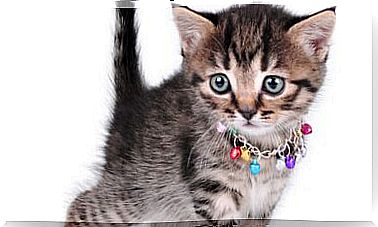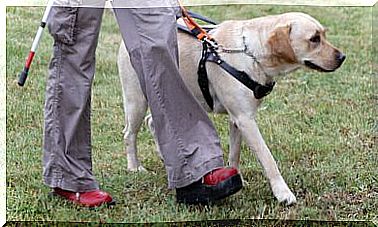Harmless But Menacing-looking Insects
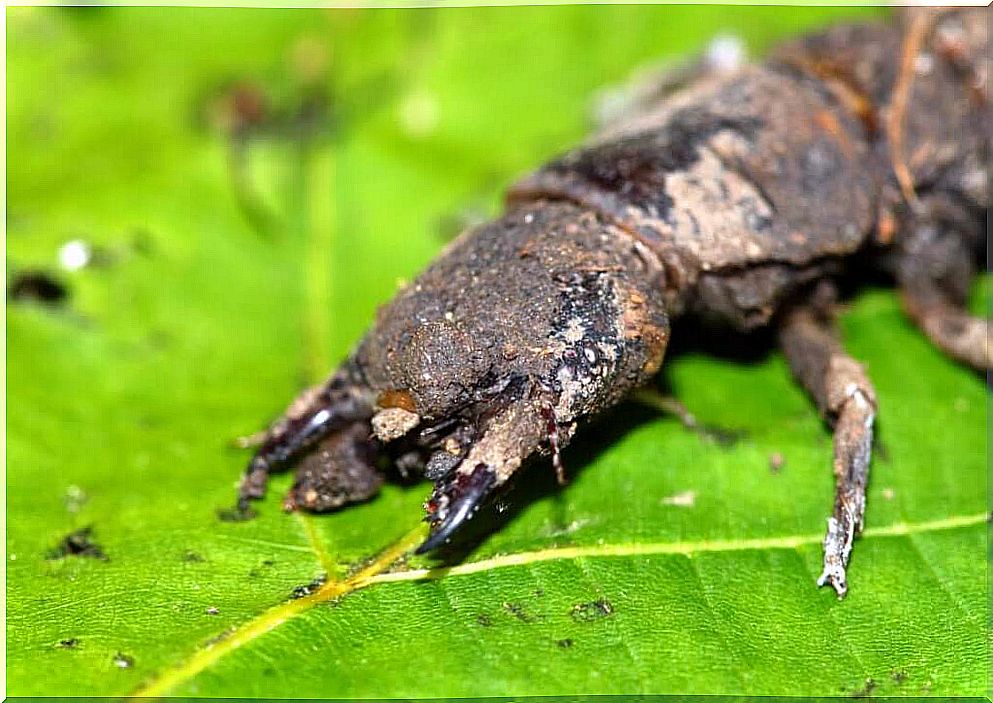
Coridalids are a family of large, menacing-looking insects. They are better known in the larval stage than in the adult stage, for the simple fact that they are used as bait for fish.
Why this threatening aspect? Is there a defensive explanation or is it due to another reason? Humans, on many occasions, make mistakes by associating certain external characteristics of some animals with a threat.
Consequently, we tend to want to eliminate them, disregarding their ecological importance. Here we’ll resolve some of those questions and show how sometimes the most menacing-looking animals are needed most.
General information about Corydalus cornutus, the menacing-looking insect
Coridalids belong to the order Megaloptera , which is distributed throughout the world. Their menacing appearance is due to the fact that males have two large, sickle-shaped jaws.
They are large-winged insects with protruding blood vessels, which create fascinating patterns on their surface. Its wings are usually light or brownish in color, with variegated spots or patterns. Adult individuals, both male and female, are characterized by having ocelli as a visual organ.
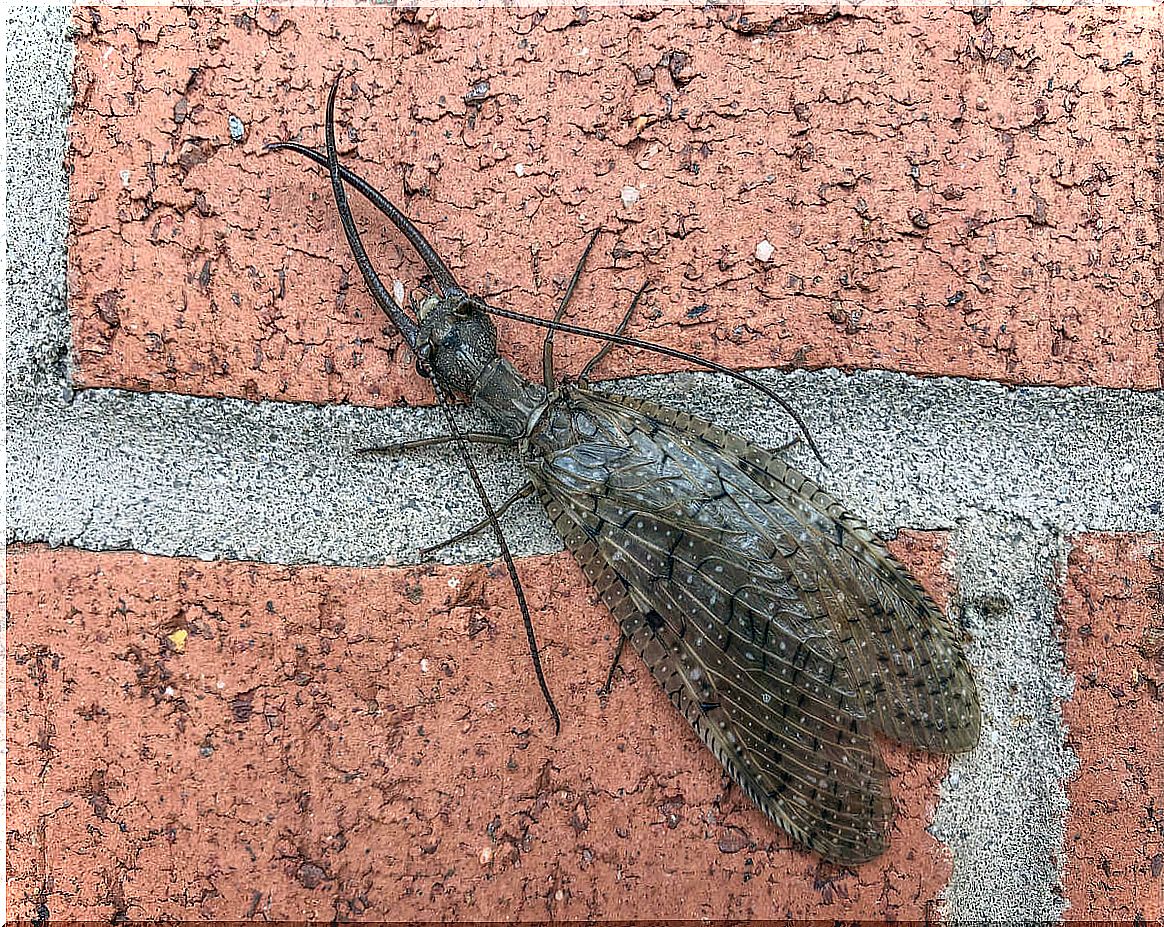
larval development
They are considered one of the most primitive orders of holometabolic insects, that is, of complete metamorphosis. They produce aquatic, predatory and very long-lived larvae, which are also the largest insect larvae. In the other phases (egg, pupa and adult), they are terrestrial.
The larva grows very slowly and, when it reaches its full development (with a length of up to seven centimeters), it crawls under the rocks on the bank to move on to the next stage. Like all neuropteran insects, it transforms into a nymph inside a cocoon woven with silk.
The difference is that their silk is produced by the rotating organ and then secreted by the anus, whereas butterflies’ silk comes from glands located in their heads.
The menacing appearance of adulthood
Its large size, compared to other insects, is an important factor in generating fear in humans. However, what really gives the characteristic menacing appearance are the large mandibles of the adult male. Jaws that actually serve only to hold the female during mating. That is, unless the animal feels threatened, they are not appendages used to attack.
Family Sialidae, megaloptera without that characteristic menacing aspect
The Sialis Wrestling is a primitive insect whose larvae live for between one and two years, remaining in water, whether flowing or standing. They are also carnivorous larvae, such as coridalids. And with their powerful pincer-shaped jaws they grab any animal that passes by.
The larva has a body divided into segments, each with a pair of articulated appendages :
- The two of the head constitute the jaws.
- The three on the chest are used as additional legs.
- The seven in the abdomen work like gills.
The adult, who has long antennae, flies little, but, if disturbed, runs through the stems and leaves and flies from one side to the other. If you’re calm, stand still, with your wings folded behind your back, or walk among the plants or rocks at the water’s edge.
During adult life, which lasts only a few days, this insect does not feed. Their only objective is mating and reproduction, to give rise to a new colony of predatory larvae. Once the male fertilizes the female, his fate is to be eaten by other animals. The same thing happens to the female after the eggs are laid.
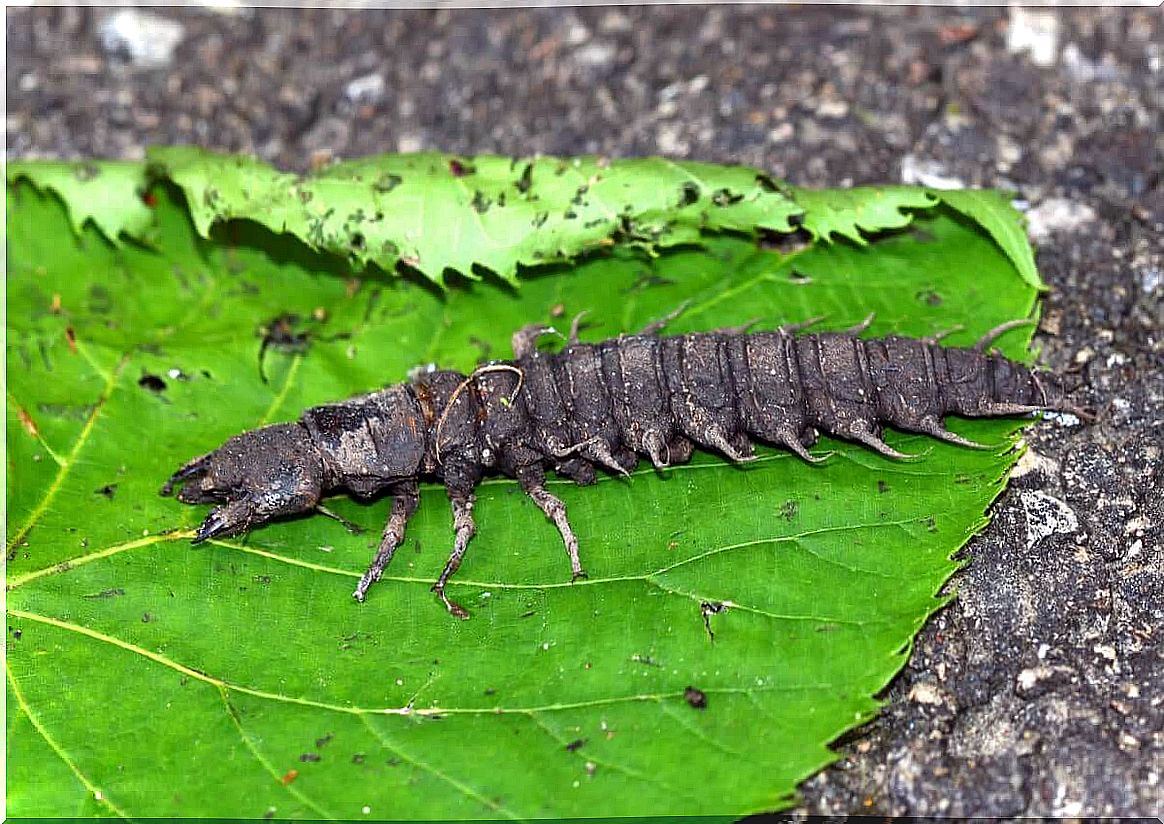
How important are these curious insects?
The presence of larvae of these species in water courses serves as an indicator of quality. Most of them need hydrogen peroxide without any pollution, although it is true that over the years they have developed some tolerance.
Any indicator species must be protected as it helps us to know a unique feature of a region or the health of an ecosystem. Therefore, no matter how much an animal, a priori , presents a threatening aspect, it must be preserved like any other.
